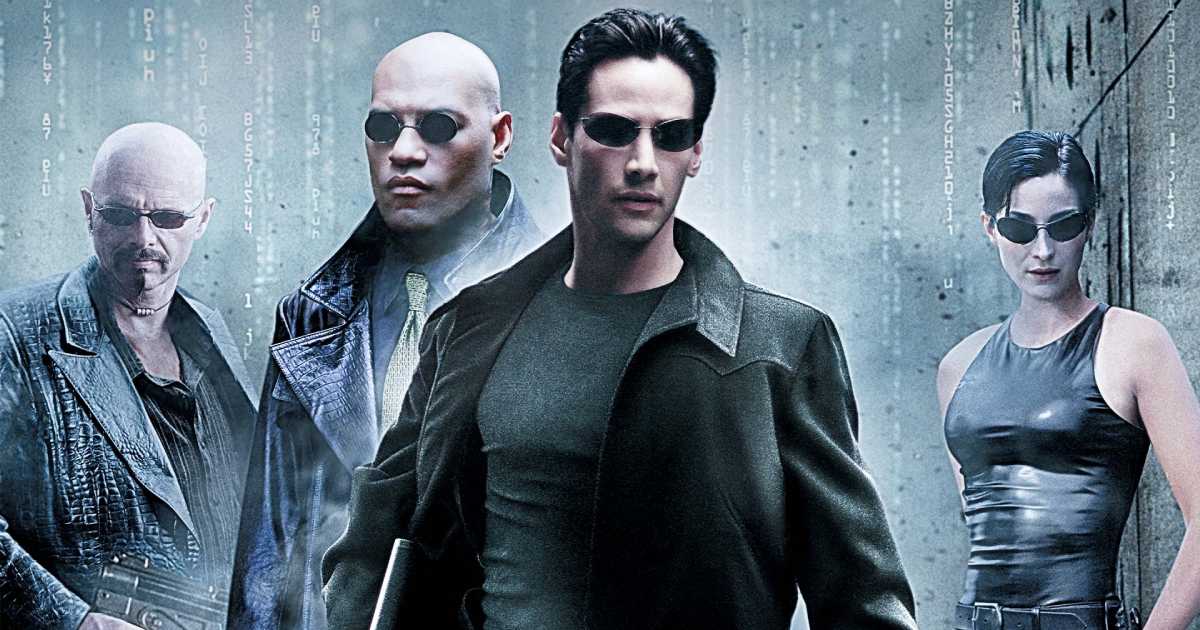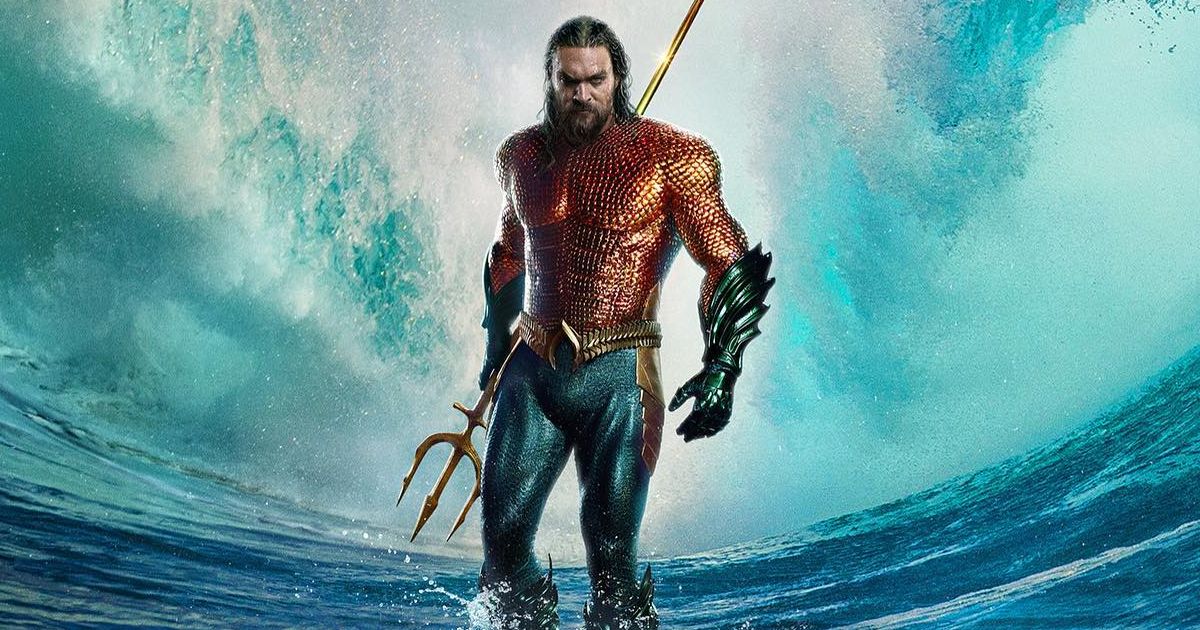
The Matrix was lightning in a bottle. A perfect blend of cyberpunk cool, philosophical intrigue, and revolutionary filmmaking. But somewhere between that first trench coat flip and the CGI chaos of Revolutions, things got messy. Why? Because the so-called “master plan” was never as bulletproof as they sold it.
We’ve all heard it — interviews, DVD extras, press tours: The Matrix trilogy was always meant to be a complete story. Neo’s journey, the twist about The One, and the Machine war was all part of one big, glorious narrative. That’s the official pitch.
Except… it’s not the truth.
The reality? The Matrix Reloaded and Revolutions reek of retroactive storytelling. And the proof isn’t some Reddit theory. It’s in two key deleted scenes from the original Matrix scenes that were filmed, referenced by actors (via Source), and then cut without a trace. Why? Because they expose the fact that the entire mythology shift in the sequels wasn’t planned. It was patched in after the fact.
Trending
The Deleted Subplot That Blew the Lid Off
Here’s the kicker: in the original version of The Matrix, Neo wasn’t Morpheus’s first chosen “One.” He was the sixth. That’s right — Morpheus had led five other poor souls to their deaths, thinking they were The One. Cypher spills the tea early on in a deleted scene, warning Neo to run from Agents because the last five “chosen ones” got smoked.
And Morpheus? In another deleted scene outside the Oracle’s apartment, he straight-up confesses to misreading the prophecy admitting his blind faith killed people. Neo, he says, is “the sixth and last.”
That would’ve added a whole new layer of desperation, doubt, and emotional weight to Morpheus’s messiah complex. Not to mention Cypher’s betrayal — suddenly, he’s not just a selfish traitor. He’s the only one who sees the pattern of failure and decides, screw this. That’s character development, baby.
So why scrap it?
Because the sequels needed you to believe that Neo was the first One who mattered — not the sixth in a doomed line of wannabe saviors. When Reloaded drops the “You’re the sixth One” bomb, it’s positioned as a shocking revelation, not something that was already baked into the first film. Keeping the deleted scenes would’ve exposed that twist as what it truly was: a pivot, not a plan.
Did The Matrix Sequels Rewrite Their Own Myth From Day One?
If those scenes had stayed in, the whole “Predecessor Twist” in Reloaded would’ve landed differently. Not as a mind-bending evolution of the mythos, but as a retread. The Wachowskis couldn’t afford that. They needed the sequels to feel bigger, deeper, and smarter. So they buried the scenes, rewrote the lore, and told us it was all part of the plan.
Producers like Joel Silver kept hammering the “one complete story” narrative in the press. Editors, designers, even the cast played along. It was a PR smokescreen. And for a while, it worked.
But the fact that these scenes were filmed, discussed, and confirmed by actors like Laurence Fishburne and Joe Pantoliano tells a different story. The idea of multiple failed Ones was there from day one — just not the way the sequels later spun it.
The Matrix Was Never a Trilogy Just One Killer Idea That Got Stretched Too Far
The Matrix didn’t begin as a trilogy. It began as a standalone masterpiece that flirted with deeper mythology then tried to retro-engineer its way into a saga. Those deleted scenes? They’re not just trivia. They’re receipts. Proof that the Wachowskis didn’t have it all figured out. And maybe that’s okay.
But let’s stop pretending Reloaded and Revolutions were part of some untouchable master plan. The sequels didn’t break the system, they rewrote it on the fly. And the truth was left on the cutting room floor.
Now that is a red pill worth swallowing.
Advertisement
For more such stories, check out Hollywood News
Follow Us: Facebook | Instagram | Twitter | YouTube | Google News



 Follow Us
Follow Us











